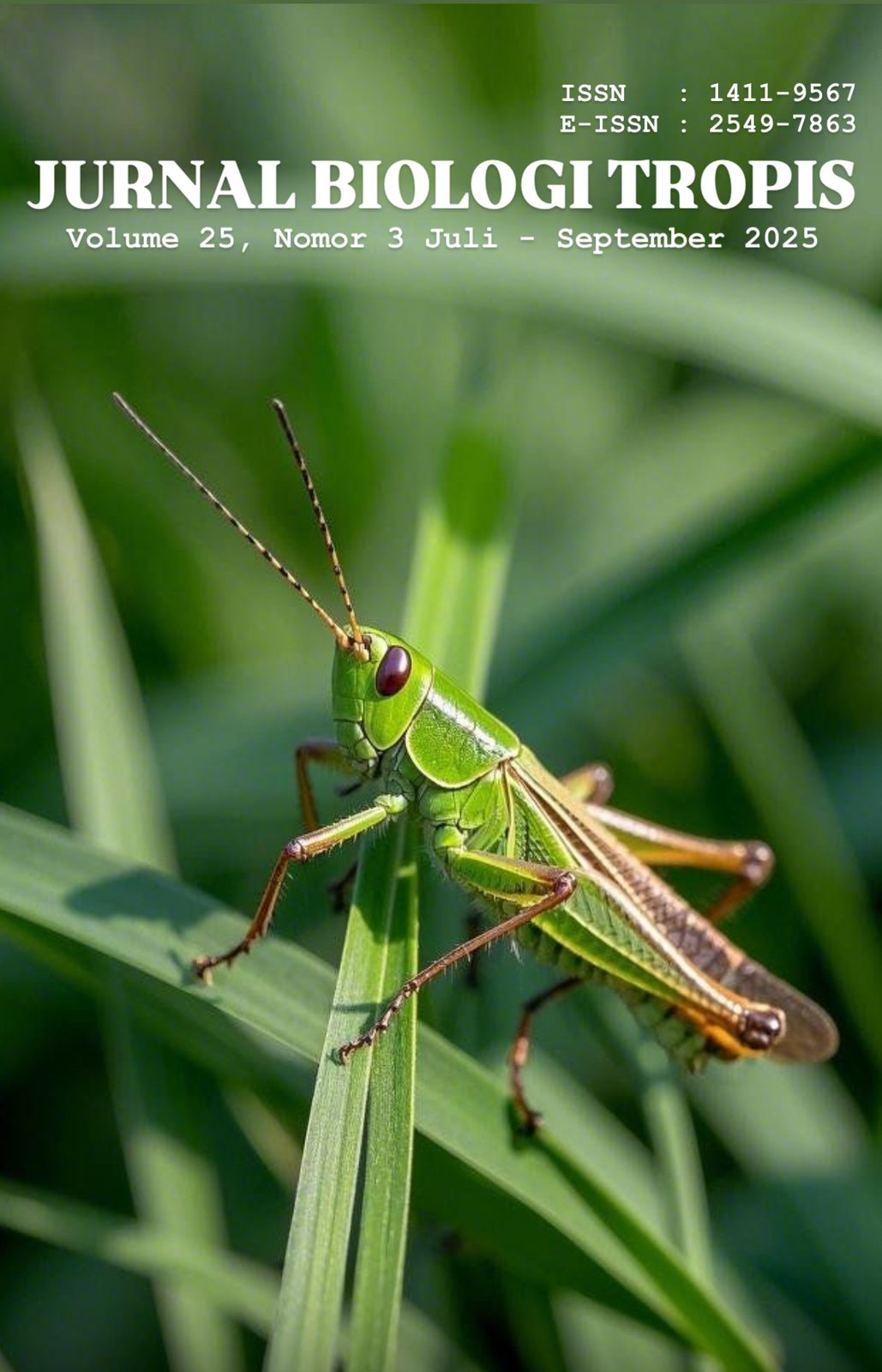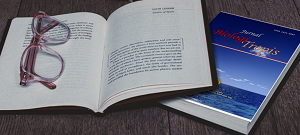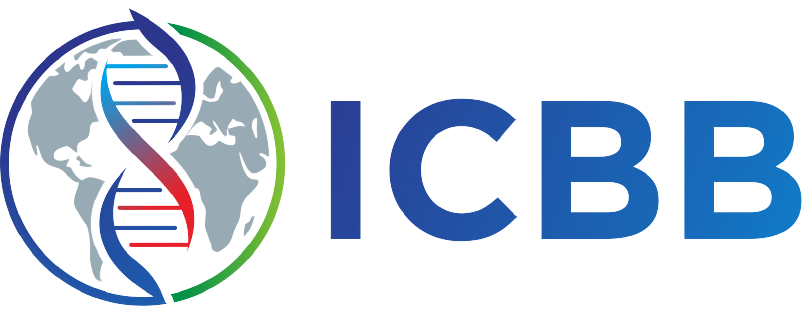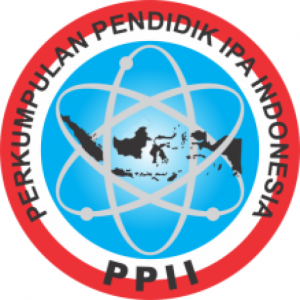Community Structure of Echinoderms at The Intertidal Zone of Serinting Beach Special Economic Zone of Mandalika
Authors
Sugih Akbar Hidayat , Imam Bachtiar , Eni SuyantriDOI:
10.29303/jbt.v25i3.9400Published:
2025-07-02Issue:
Vol. 25 No. 3 (2025): Juli-SeptemberKeywords:
Echinoderm, community structure, intertidal zone, Serinting Beach, Mandalika SEZ.Articles
Downloads
How to Cite
Downloads
Metrics
Abstract
Serinting Beach, located within the Mandalika Special Economic Zone (SEZ), is an intertidal area with high biological potential for tourism. However, studies on its Echinodermata community remain limited. The existence of this community is crucial as an indicator of coastal ecosystem health and holds potential for developing educational ecotourism, such as reef walking tours. This research aims to analyze the species richness and composition of the Echinodermata community, along with its ecological indices (diversity, evenness, and dominance). Data was collected in March 2025 using the transect-quadrat method, employing three transects perpendicular to the coastline and 15 quadrats, each measuring 2 × 5 m². The study results revealed 21 Echinodermata species, consisting of 10 genera and 9 families from four classes: Asteroidea, Ophiuroidea, Echinoidea, and Holothuroidea. The community composition was dominated by Ophiocoma scolopendrina (43.90%), Echinometra mathaei (21.33%), and Echinometra sp. (16.77%). The diversity index (H') was 1.59; the evenness index (E) was 0.62; and the dominance index (D) was 0.28. Tripneustes gratilla populations were found in low numbers and are suspected to be under pressure due to traditional reef gleaning activities. The findings of this study are expected to serve as a basis for enviromental management and the development of educational tourism, like reef walking tours, in the intertidal zone of the Mandalika SEZ.
References
Alitto, R. A., Bueno, M. L., Guilherme, P. D., Di Domenico, M., Christensen, A. B., & Borges, M. (2018). Shallow-water brittle stars (Echinodermata: Ophiuroidea) from Araçá Bay (Southeastern Brazil), with spatial distribution considerations. Zootaxa, 4405(1), 1-66. DOI: 10.11646/zootaxa.4405.1.1
Aulia, B. W., Bachtiar, I., & Jamaluddin, J. (2018). Kelimpahan dan Struktur Populasi Echinometra mathaei (Class Echinoidea) di Kawasan Intertidal Pantai Mandalika Lombok Tengah sebagai Sumber Belajar Biologi. Prosiding Seminar Nasional Pendidikan Biologi, 602–610.
Bachtiar, I., & Bachtiar, N. T. (2019). Predicting Spawning Date of Nyale Worms (Eunicidae, Polychaeta) in the Southern Coast of Lombok Island, Indonesia. Biodiversitas Journal of Biological Diversity, 20(4), 971–977. DOI: 10.13057/BIODIV/D200406
Bachtiar, I., Merta, I. W., Kusmiyati, K., & Syachruddin, A. (2020). Komunitas Echinodermata di kawasan intertidal Pantai Mandalika Pulau Lombok, Indonesia. Depik, 9(2), 156–163. DOI: 10.13170/depik.9.2.13582
Bachtiar, I., Suyantri, E., Lestari, T. A., & Ghafari, M. I. A. (2024). Intertidal Echinoderm Identification Keys for a Reef-Walking-Tour at Mandalika, Lombok Island, Indonesia. Biodiversitas Journal of Biological Diversity, 25(5), 1965–1974. DOI: 10.13057/BIODIV/D250513
Bahri, S., Patech, L. R., Zulhalifah, Z., Septiani, D. A., & Siswadi, S. (2021). Distribution and diversity of echinoderms in the Coastal Waters of South Beach of Lombok Island. Jurnal Biologi Tropis, 21(1), 22-31.
Begon, M., Townsend, C. R. & Harper, J. L. (2006). Ecology From Individuals to Ecosystems 4th Edition. Carlton: Blackwell Publishing.
Bellinger, E. G., & Sigee, D. C. (2015). Freshwater Algae: Identification, enumeration and use as bioindicators: Second edition. India: Willey Blackwell.
Boissin, E., Hoareau, T. B., Paulay, G., & Bruggemann, J. H. (2016). Shallow-water reef ophiuroids (Echinodermata: Ophiuroidea) of Réunion (Mascarene Islands), with biogeographic considerations. Zootaxa, 4098(2), 273-297. DOI: 10.11646/zootaxa.4098.2.4
Clark, A. M., & Rowe, F. W. E. (1971). Monograph of shallow-water Indo-West Pacific echinoderms. London: Trystees of the British Museum (Natural History).
Cunha, R., Martins, L., Menegola, C., & Souto, C. (2021). Taxonomy of the sea stars (Echinodermata: Asteroidea) from Bahia State, including ontogenetic variation and an illustrated key to the Brazilian species. Zootaxa, 4955(1), 1-78. DOI: 10.11646/zootaxa.4955.1.1
Febrianti, L., Bachtiar, I. ., & Karnan. (2023). Diversity of Gastropods and Bivalvia Caught By Pemadak in The Intertidal Zone of Serinting Beach, Special Economic Zone Mandalika . Jurnal Biologi Tropis, 23(1), 81–89. DOI: 10.29303/jbt.v23i4b.5921
Hickman. C. P., Keen, S. L., Larson, A. & Eisenhour, D. J. (2018). Animal Diversity 8th Edition. New York: McGraw-Hill Education.
Gondim, A. I., Alonso, C., Dias, T. L., Manso, C. L., & Christoffersen, M. L. (2013). A taxonomic guide to the brittle-stars (Echinodermata, Ophiuroidea) from the State of Paraíba continental shelf, Northeastern Brazil. ZooKeys, 307: 45-96. DOI: 10.3897/zookeys.307.4673
Kadar, N. B. A., Rosli, N. S. B., & Muzli, S. S. B. (2023). Sea Cucumber (Echinodermata: Holothuroidea) Species Diversity on the West Coast of Sabah, Malaysia. Marine Biotechnology: Applications in Food, Drugs and Energy, 149. DOI: 10.1007/978-981-99-0624-6_7#DOI
Lestari, L., & Bachtiar, I. (2023). Population Structure of Turbo setosus and Strombus labiatus Collected By Rads in The Intertidal Area of Serinting Beach Special Economic Zone (SEZ) Mandalika. Jurnal Biologi Tropis, 23(1), 90-95.
Neno, I. Y., Risamasu, F. J., & Sine, K. G. (2019). Studi potensi echinodermata di perairan intertidal pasir panjang dan peluang pengembangan budidayanya. Jurnal Aquatik, 2(2), 62-74. DOI: 10.35508/aquatik.v2i2.2569
Nurhaliza, S., Muhlis, M., Bachtiar, I., & Santoso, D. (2019). Struktur Komunitas Karang Keras (Scleractinia) di Zona Intertidal Pantai Mandalika Lombok Tengah. Jurnal Biologi Tropis, 19(2), 302–308. DOI: 10.29303/JBT.V19I2.1390
Pomory, C. M. (2007). Key to the common shallow-water brittle stars (Echinodermata: Ophiuroidea) of the Gulf of Mexico and Caribbean Sea. Caribbean Journal of Science, 10, 1-42
Safrillah, A., Karnan, K., & Japa, L. (2023). Species Diversity of Gastropoda in Seagrass Ecosystems at Mandalika Beach. Jurnal Biologi Tropis, 23(3), 231–237. DOI: 10.29303/JBT.V23I3.5125
Silaban, R., & Dobo, J. (2023). Kepadatan dan Laju Pertumbuhan Bulu Babi (Tripneustes gratilla) di Perairan Letman, Kabupaten Maluku Tenggara. Jurnal Kelautan: Indonesian Journal of Marine Science and Technology, 16(2), 101-109. DOI: 10.21107/jk.v16i2.19152
Tala, W. S., Kusrini, K., & Jumiati, J. (2021). Struktur komunitas echinodermata pada berbagai tipe habitat di daerah intertidal Pantai Lakeba, Kota Baubau Sulawesi Tenggara. Jurnal Kelautan Tropis, 24(3), 333-342. DOI: 10.14710/jkt.v24i3.11610
Toruan, L. N. L., & Soewarlan, L. C. (2024). Keanekaragaman Echinodermata Pada Ekosistem Lamun Di Teluk Kupang NTT. Metamorfosa: Journal of Biological Sciences, 11(01), 50-62.
Trisna, N., Hartati, R., & Widianingsih, W. (2024). Diversity of Echinoderms in the Subtidal Zone of Sintok Island, Karimunjawa National Park, Jepara, Indonesia. Asian Journal of Fisheries and Aquatic Research, 26(2), 52-62. DOI: 10.9734/ajfar/2024/v26i2735
License
Copyright (c) 2025 Sugih Akbar Hidayat, Imam Bachtiar, Eni Suyantri

This work is licensed under a Creative Commons Attribution 4.0 International License.

Jurnal Biologi Tropis is licensed under a Creative Commons Attribution 4.0 International License.
The copyright of the received article shall be assigned to the author as the owner of the paper. The intended copyright includes the right to publish the article in various forms (including reprints). The journal maintains the publishing rights to the published articles.
Authors are permitted to disseminate published articles by sharing the link/DOI of the article at the journal. Authors are allowed to use their articles for any legal purposes deemed necessary without written permission from the journal with an acknowledgment of initial publication to this journal.


























